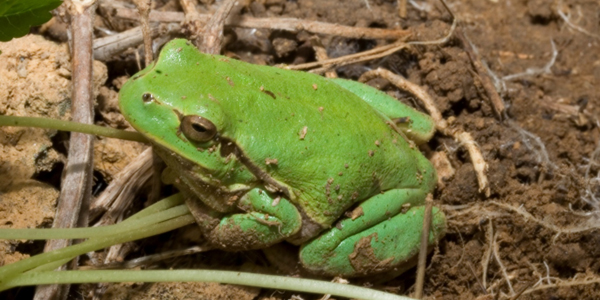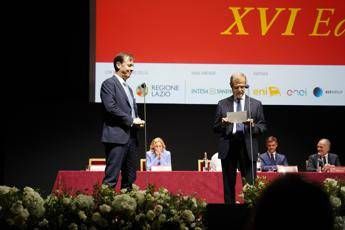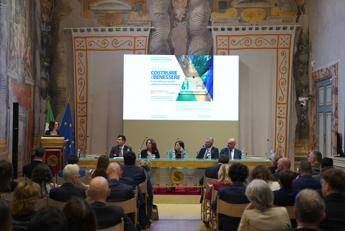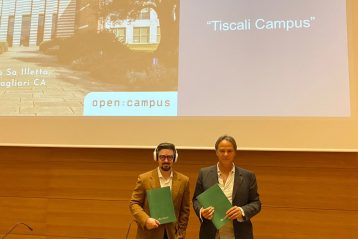
The herpetofauna of the Lipu CHM Oasis of Ostia
M. Grano, R. Di Giuseppe & A. Polinori
RIASSUNTO
Lo scopo di questo lavoro è quello di riportare dati aggiornati sull’erpetofauna dell’Oasi LIPU CHM di Ostia, un’area di circa 20 ettari facente parte della Riserva Naturale Statale “Litorale Romano” (RNSLR) e gestita dalla LIPU (Lega Italiana Protezione Uccelli). Dopo essere stata salvata da un progetto di fortissimo impatto ambientale, oggi rappresenta una vera e propria opera di riqualificazione, con la ricostruzione di uno stagno costiero con ricca vegetazione acquatica ripariale e macchia mediterranea. Quest’oasi è frequentata da numerosi Naturalisti e fotografi naturalisti, ma mancava tuttavia una trattazione completa di tutte le specie di Anfibi e Rettili presenti nell’area in questione. Nell’area indagata, sebbene non particolarmente estesa, risultano presenti cinque specie di Anfibi (quattro Anura, un Urodela) e 16 specie di Rettili (sette Sauria, sei Serpentes, e tre Testudines). Di particolare rilevanza la presenza di una popolazione stabile e riproduttiva di testuggine palustre europea Emys orbicularis. Desta preoccupazione invece la massiccia presenza di testuggini palustri di provenienza alloctona del genere Trachemys.
ABSTRACT
The aim of this work is to report updated data on the herpetofauna of the Lipu CHM Oasis of Ostia, an area of about 20 hectares that is part of the State Nature Reserve “Litorale Romano” (RNSLR) and managed by LIPU. After being saved from a project with a very strong environmental impact, today it represents a real redevelopment project, with the reconstruction of a coastal pond with rich riparian aquatic vegetation and Mediterranean scrub. This oasis is frequented by numerous naturalists and nature photographers, but a complete treatment of all the species of amphibians and reptiles present in the area in question was missing. In the investigated area, although not particularly large, five species of Amphibians are present (four Anura, one Urodela) and 16 species of Reptiles (seven Sauria, six Serpentes, and three Testudines). Of particular importance is the presence of a stable and reproductive population of the European pond turtle Emys orbicularis. However, the massive presence of non-native marsh turtles of the Trachemys genus is cause for concern.
Parole chiave: Anfibi, Rettili, Ostia, conservazione, erpetofauna
Key words: Amphibians, Reptiles, Ostia, conservation, herpetofauna
Per scaricare il PDF clicca qui






































































